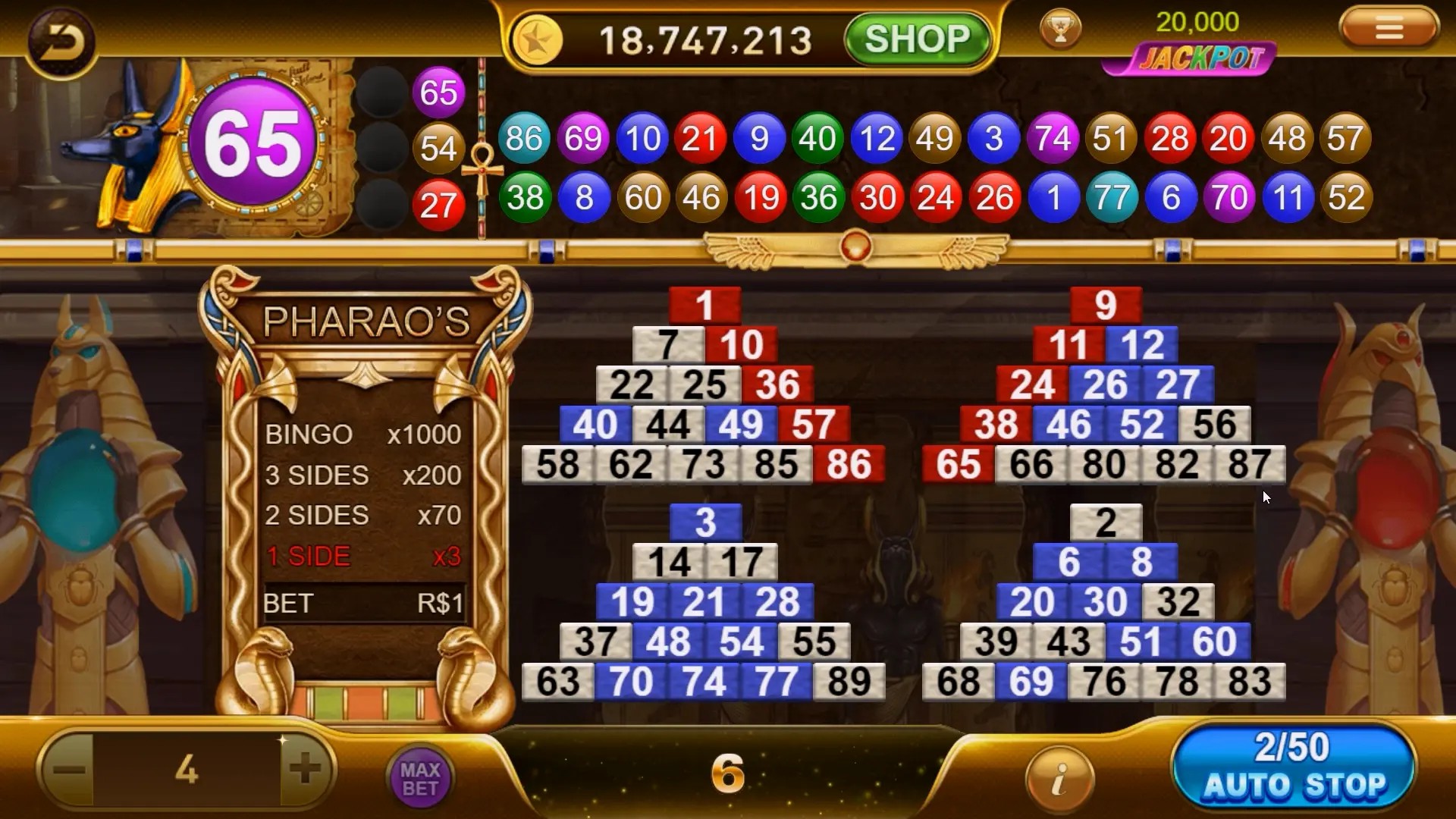From Building Games to Shooting Games: Exploring the Evolution of Interactive Play
Video games have become an integral part of our culture, reflecting societal changes and technological innovations. From stacking blocks in building games to the high-octane action of shooting games, the evolution of interactive play is nothing short of fascinating. Today, we will explore how these genres came to be, their differences, and what the future holds.
The Birth of Building Games
Building games lay the groundwork, quite literally, for the gaming landscape we know today. The charm of such games lies in creativity. Players craft their own worlds, whether it's a quaint cottage in Minecraft or intricate structures in Roblox. These games allow people to escape reality and unleash their creativity.
The Rise of Shooting Games
Moving on, shooting games ushered in a new wave of excitement and adrenaline. From older classics like Doom to modern juggernauts like Call of Duty, this genre emphasizes quick reflexes and strategic gameplay. Unlike building games, shooting games often focus on competition, often pitting players against each other in thrilling environments.
Contrasting Gameplay Mechanics
Building games and shooting games offer two different experiences. Here’s a quick comparison:
| Aspect | Building Games | Shooting Games |
|---|---|---|
| Objective | Create and explore | Compete and eliminate |
| Player Interaction | Collaboration and creativity | Competition and strategy |
| Game Pace | Slow and methodical | Fast and intense |
Why Players Love Building Games
Building games attract players for various reasons. Firstly, they promote creativity, allowing players to design their own worlds. Secondly, these games foster a sense of accomplishment. Seeing a structure evolve from basic blocks to a massive fortress provides gratification. Furthermore, they are often community-oriented; players collaborate to create interactive experiences.
What Makes Shooting Games Compelling?
On the flip side, shooting games provide an exhilarating rush. Players thrive on the challenge of outsmarting opponents. These games often involve team dynamics that require effective communication and strategy. The excitement of winning a match can be highly addictive. It's a different form of gratification, one that comes from skill and quick thinking.
Transition and Crossovers
Interestingly, many games now blend building and shooting mechanics. A prime example is Fortnite, where players construct defenses while engaging in shootouts. This crossover illustrates how players value both creativity and competition. As games evolve, blending different genres could become the standard.
The Puzzle Factor: All Puzzle Answers in Mario + Rabbids Kingdom Battle
Puzzles play a significant role in enhancing gameplay depth, especially in games like Mario + Rabbids Kingdom Battle. Here are some key insights on puzzle-solving:
- Engagement: Puzzles keep players mentally stimulated.
- Challenge: They test players' problem-solving abilities.
- Reward: Successfully solving puzzles enhances satisfaction.
Who Won the War Games Last Night?
Chatting about competitive aspects, let’s take the question, “Who won the war games last night?" It represents the live competitive spirit of shooting games. Tournaments capture the excitement, where teams compete for glory and lucrative prizes. These events also reflect how competitive gaming has evolved into a prominent career path for many players.
Technological Advances Shaping the Future
The gaming industry is witnessing rapid technological changes. Virtual reality (VR) and augmented reality (AR) are revolutionizing interactive play. Imagine stepping into your favorite building game or shooting game, experiencing them in a completely immersive environment. The future is bright and packed with potential!
Social Aspects of Gaming
Video games also facilitate social interaction. Friends can team up in shooting games or join forces in building games. These social elements are often overlooked, but they contribute greatly to player engagement.
Tips for Developers: Balancing Creativity and Competition
For aspiring game developers, balancing creativity and competition is crucial. Here are some key points to consider:
- Understand your audience: Tailor experiences based on target demographics.
- Innovate: Create unique mechanics to distinguish your game.
- Engage players: Include features that encourage collaboration and competition.
Final Thoughts
The evolution from building games to shooting games showcases the diverse interests of gaming enthusiasts. Each genre serves a unique purpose. Building games foster creativity, while shooting games ignite competition. As we look to the future, innovations and cross-genre experimentation will continue to breathe life into the gaming industry.
In conclusion, whether stacking blocks or taking aim, games bring people together. They inspire creativity, challenge skills, and, most importantly, bring fun. So whether you're a builder or a shooter, there's a world waiting for you!



